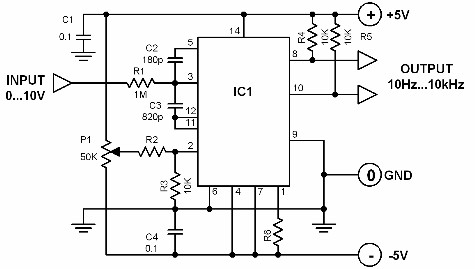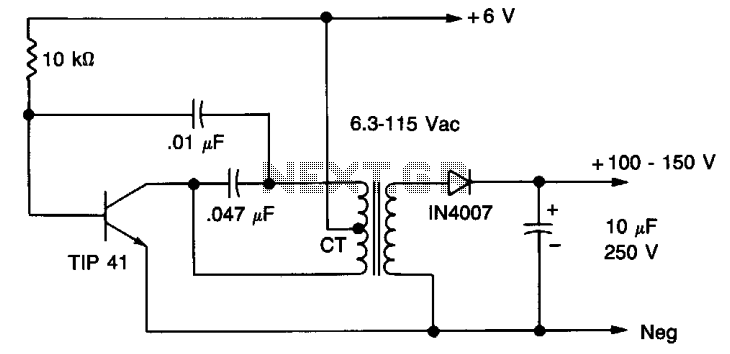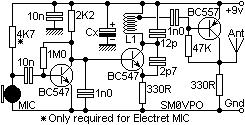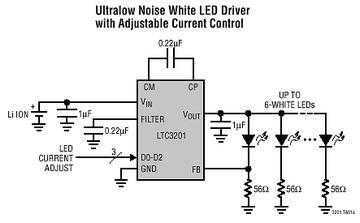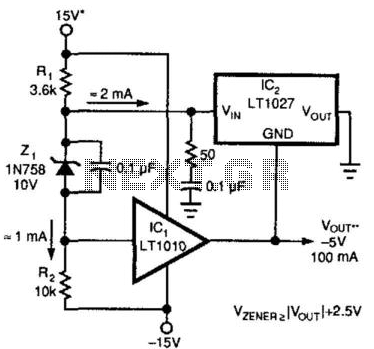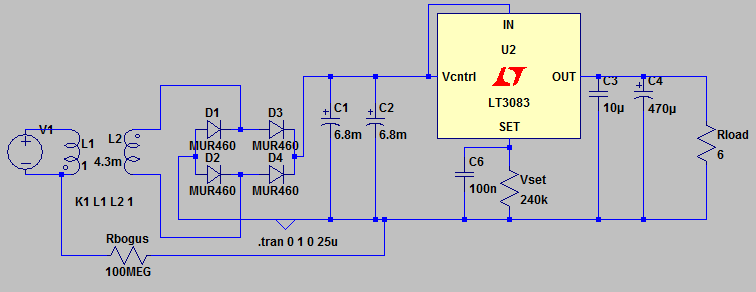
MAX641 high current step-up converter

A step-up converter can be designed using the MAX641 integrated circuit from Maxim IC, utilizing a minimal number of electronic components. This high-voltage step-up converter project can deliver a maximum output current of up to 1A. The low battery voltage detector compares the input voltage LB1 with an internal reference of 1.31 V. The LBO output transitions to a low state when the voltage at pin 1 drops below 1.31 V. The threshold voltage for the "low battery" condition is set by a voltage divider formed by resistors R1 and R2.
The MAX641 integrated circuit is a highly efficient solution for applications requiring a boost in voltage. The circuit operates by drawing power from a lower voltage source and converting it to a higher voltage output, making it ideal for battery-powered devices where voltage levels may drop as the battery discharges.
The step-up converter design involves a few key components: the MAX641 IC, input and output capacitors, and the resistors that form the voltage divider. The input capacitor is essential for stabilizing the input voltage and minimizing ripple, while the output capacitor helps smooth the output voltage and maintain a steady current supply.
The voltage divider consisting of resistors R1 and R2 is crucial for setting the low battery detection threshold. When the input voltage (LB1) falls below the reference voltage of 1.31 V, the output at LBO will switch to a low state, signaling that the battery voltage is critically low. This feature is particularly useful for preventing damage to the device from under-voltage conditions and ensuring proper functionality.
In practical applications, the circuit can be implemented on a printed circuit board (PCB) layout, ensuring that all components are placed in a manner that minimizes noise and interference. Proper grounding and decoupling techniques should be employed to enhance the performance of the step-up converter. The design can be further optimized by selecting appropriate values for R1 and R2 to adjust the threshold voltage according to specific requirements.
Overall, the MAX641 step-up converter circuit provides a reliable and efficient solution for applications where increased voltage is necessary while maintaining low power consumption and simple construction.Using MAX641 integrated circuit, manufactured by Maxim IC, can be designed a very simple step-up converter using few electronic components. This step-up high voltage converter electronic projects allows a maximum output current up to 1A. Low battery voltage detector input compare LB1 with internal reference of 1. 31 V. LBO output goes in low state when the voltage at pin 1 falls below 1. 31 V. The threshold voltage for "low battery", is determined by voltage divider R1-R2. 🔗 External reference
The MAX641 integrated circuit is a highly efficient solution for applications requiring a boost in voltage. The circuit operates by drawing power from a lower voltage source and converting it to a higher voltage output, making it ideal for battery-powered devices where voltage levels may drop as the battery discharges.
The step-up converter design involves a few key components: the MAX641 IC, input and output capacitors, and the resistors that form the voltage divider. The input capacitor is essential for stabilizing the input voltage and minimizing ripple, while the output capacitor helps smooth the output voltage and maintain a steady current supply.
The voltage divider consisting of resistors R1 and R2 is crucial for setting the low battery detection threshold. When the input voltage (LB1) falls below the reference voltage of 1.31 V, the output at LBO will switch to a low state, signaling that the battery voltage is critically low. This feature is particularly useful for preventing damage to the device from under-voltage conditions and ensuring proper functionality.
In practical applications, the circuit can be implemented on a printed circuit board (PCB) layout, ensuring that all components are placed in a manner that minimizes noise and interference. Proper grounding and decoupling techniques should be employed to enhance the performance of the step-up converter. The design can be further optimized by selecting appropriate values for R1 and R2 to adjust the threshold voltage according to specific requirements.
Overall, the MAX641 step-up converter circuit provides a reliable and efficient solution for applications where increased voltage is necessary while maintaining low power consumption and simple construction.Using MAX641 integrated circuit, manufactured by Maxim IC, can be designed a very simple step-up converter using few electronic components. This step-up high voltage converter electronic projects allows a maximum output current up to 1A. Low battery voltage detector input compare LB1 with internal reference of 1. 31 V. LBO output goes in low state when the voltage at pin 1 falls below 1. 31 V. The threshold voltage for "low battery", is determined by voltage divider R1-R2. 🔗 External reference
